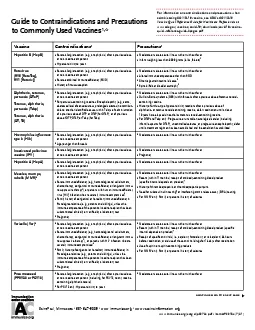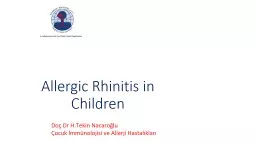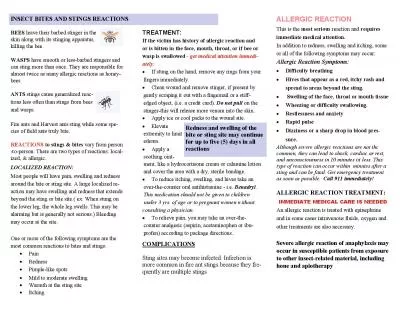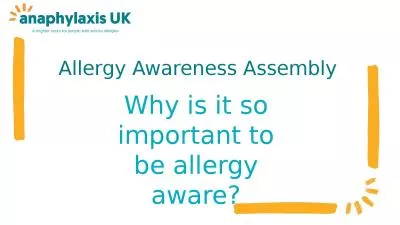PPT-Allergic Reaction in a Female High School Softball Player
Author : pamella-moone | Published Date : 2018-02-16
Casie McGinness Chelsie Michael Wenatchee High School Background Our subject is a 16 year old female softball player She was taken to the emergency room on
Presentation Embed Code
Download Presentation
Download Presentation The PPT/PDF document "Allergic Reaction in a Female High Schoo..." is the property of its rightful owner. Permission is granted to download and print the materials on this website for personal, non-commercial use only, and to display it on your personal computer provided you do not modify the materials and that you retain all copyright notices contained in the materials. By downloading content from our website, you accept the terms of this agreement.
Allergic Reaction in a Female High School Softball Player: Transcript
Download Rules Of Document
"Allergic Reaction in a Female High School Softball Player"The content belongs to its owner. You may download and print it for personal use, without modification, and keep all copyright notices. By downloading, you agree to these terms.
Related Documents














